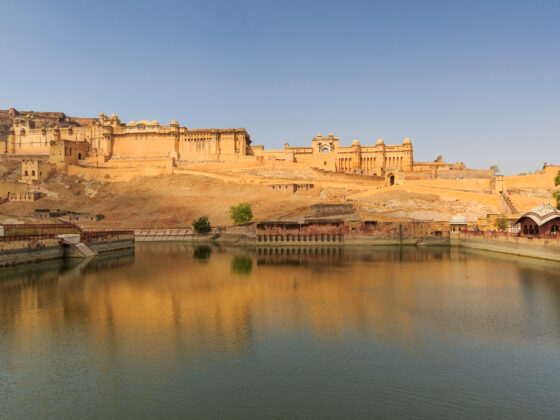Tea, often called the “elixir of life,” is a staple in Indian culture. Over time, Indian royals transformed tea drinking from a simple beverage into an experience of grandeur and sophistication. The royal families of India, with their lavish palaces and opulent lifestyles, played a crucial role in shaping the tea culture we cherish today. In this article, we will explore how the royals embraced and refined the art of tea drinking.

The Origins of Tea in India’s Royal Courts
Tea drinking in India began in the 17th century. However, Indian royals did not adopt the beverage until much later. It was during the British colonial period in the 19th century that tea was introduced to India. Gradually, Indian royals began to make tea their own, adding cultural influences that reflected their opulent lives. For instance, royal families in Rajasthan, Maharashtra, and other princely states created their own versions of tea ceremonies. These ceremonies often included elaborate rituals, such as serving tea in silver, gold, or brass cups. Furthermore, gourmet snacks, sweets, and meaningful conversations accompanied the tea. This practice mirrored the aristocratic lifestyle of the time.
Tea Varieties Favored by Indian Royals
Indian royals were discerning when it came to tea. They chose only the finest varieties available. Among the most popular were:
-
Darjeeling Tea: Known as the “Champagne of teas,” Darjeeling became a favorite due to its delicate aroma and subtle flavor. It was considered ideal for royal tea parties.
-
Assam Tea: Bold and strong, Assam tea was frequently served at breakfast or after meals. Its robust flavor made it perfect for pairing with both sweet and savory snacks.
-
Kashmiri Kahwa: This fragrant green tea, infused with saffron, cardamom, and cinnamon, became a staple in the royal courts of Kashmir.
-
Masala Chai: Initially a drink for the masses, Masala Chai received a royal makeover. Royals used premium spices and tea leaves to create a refined taste.
The Royal Tea Ceremonies
Tea time in the royal courts was not merely about drinking tea; it was a social event. These ceremonies were elaborate affairs, designed to showcase the nobility’s sophistication. The finest teas were served alongside specially prepared snacks. For example, in Rajasthan, samosas, kachaudi, pakoras, and traditional sweets like gulab jamun and jalebi were common accompaniments. The tea was served in beautifully crafted cups made of silver and gold, passed down through generations. The setting, whether in lush gardens or opulent palace rooms, only enhanced the experience.
Moreover, royal families adhered to specific tea etiquette. The head of the household poured the tea with great care, using specialized teapots and utensils. These items were often handcrafted by skilled artisans, which added to the grandeur of the ceremony.
Royal Influence on Tea Culture Today
Indian royal families significantly impacted the tea culture we know today. Their influence continues to be felt in regions like Darjeeling, Assam, and Nilgiri, which produce some of the finest teas in the world. Additionally, the royals supported local tea industries, helping them thrive and gain recognition in the global market.
Offering tea to guests remains an integral part of Indian hospitality. This custom traces its roots back to royal practices. In fact, the “high tea” tradition introduced in royal circles has become popular worldwide. Today, people gather for afternoon tea, relishing tea, snacks, and conversation in much the same way as royalty once did.
The Evolution of Tea in Indian Royalty
While tea-drinking customs have evolved over time, the royal influence still persists. High-end hotels and resorts now offer elaborate afternoon tea ceremonies, inspired by the grandeur of royal tea practices. Moreover, traditional tea blends have made a strong comeback in modern times. Tea connoisseurs today seek rare varieties and blends, often from the very regions once supported by royal patronage. As a result, premium, artisanal teas are now widely available. Elegant tea sets, reflecting the craftsmanship of royal artisans, have also made a return.
Conclusion
In conclusion, Indian royal families played a pivotal role in elevating tea to a symbol of elegance and hospitality. From grand tea ceremonies to the finest tea varieties, they transformed tea drinking into an experience of sophistication. Even today, royal tea culture influences tea ceremonies and practices across India and the world. Therefore, the next time you sip Darjeeling or enjoy a Masala Chai, remember the rich royal heritage that shaped this beloved tradition.







